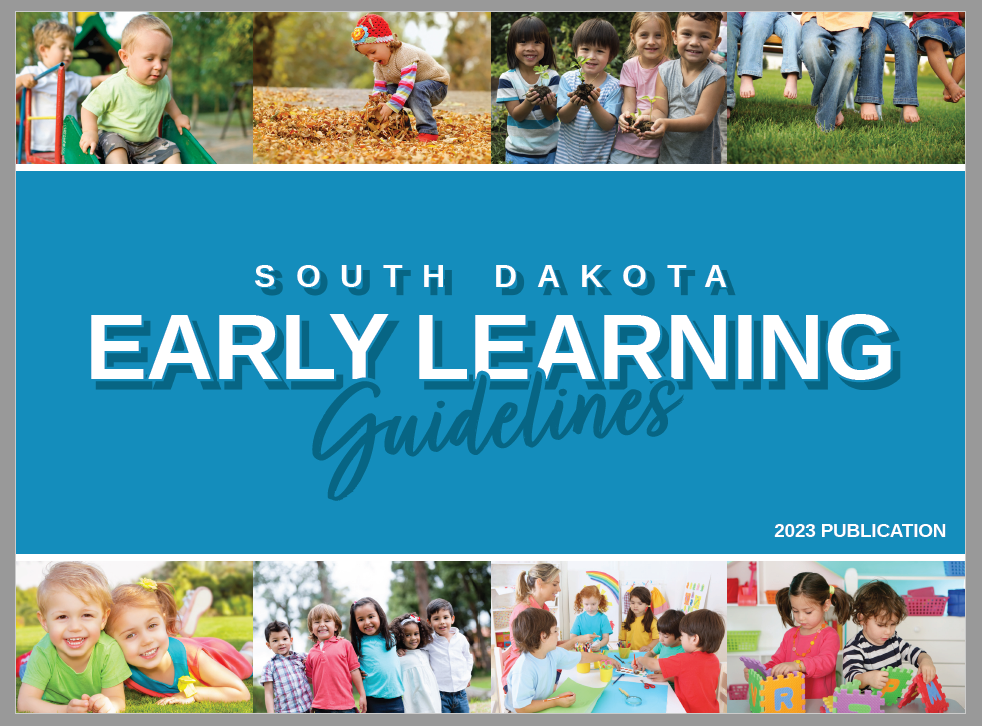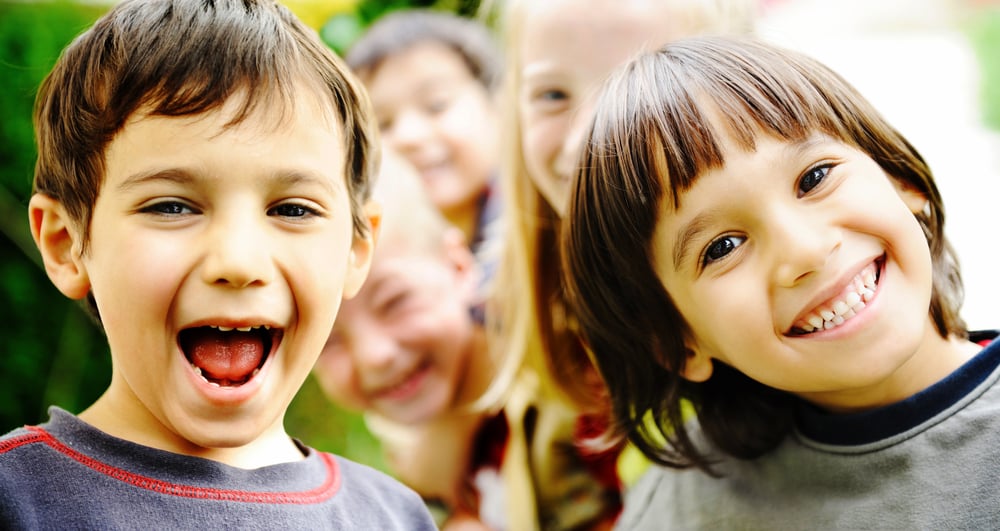Children are born with an inclination to learn. This is reflected in behaviors and attitudes such as curiosity, problem-solving, maintaining attention, and persistence.
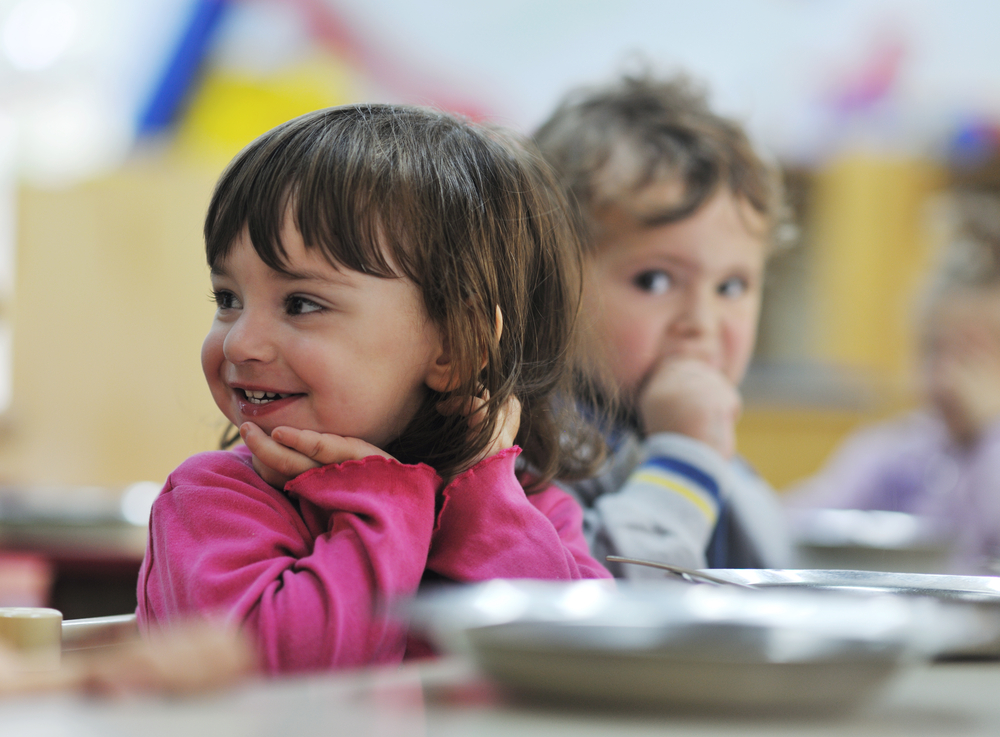
Younger Preschooler (33-48 Months)
Younger Preschoolers are beginning to enjoy playing with other children, especially pretending or involved in dramatic play. Their emotions are usually extreme and short-lived but are beginning to understand others' emotions. They are demonstrating a natural curiosity and are eager to learn.
Since all children develop at their own pace, reaching milestones can vary at occur at different stages. If you have a concern about your child's development, have discussions with your pediatrician.
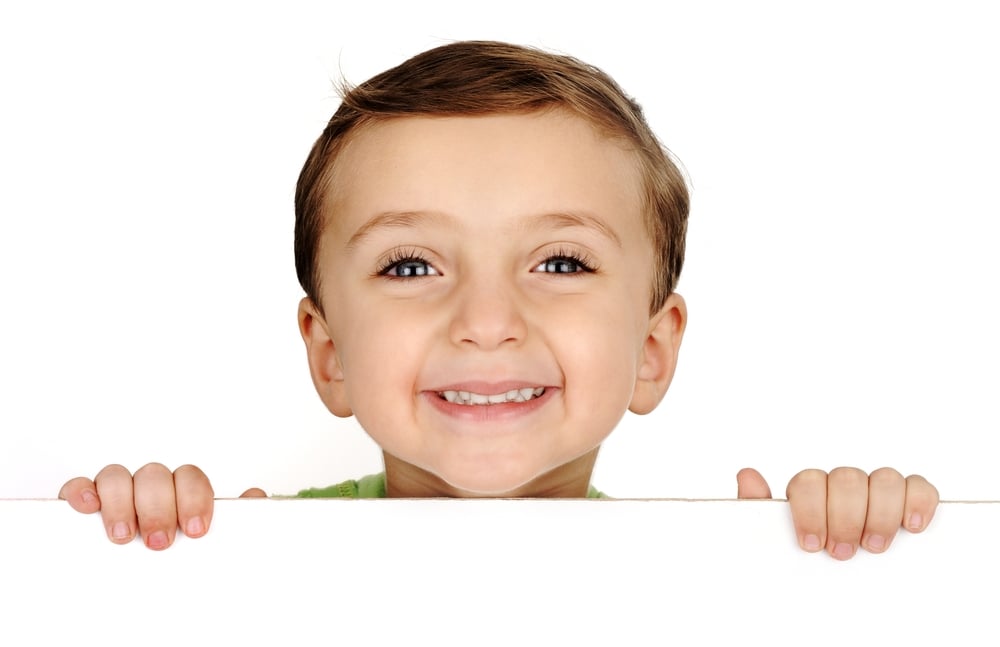
Social Development & Emotional Development
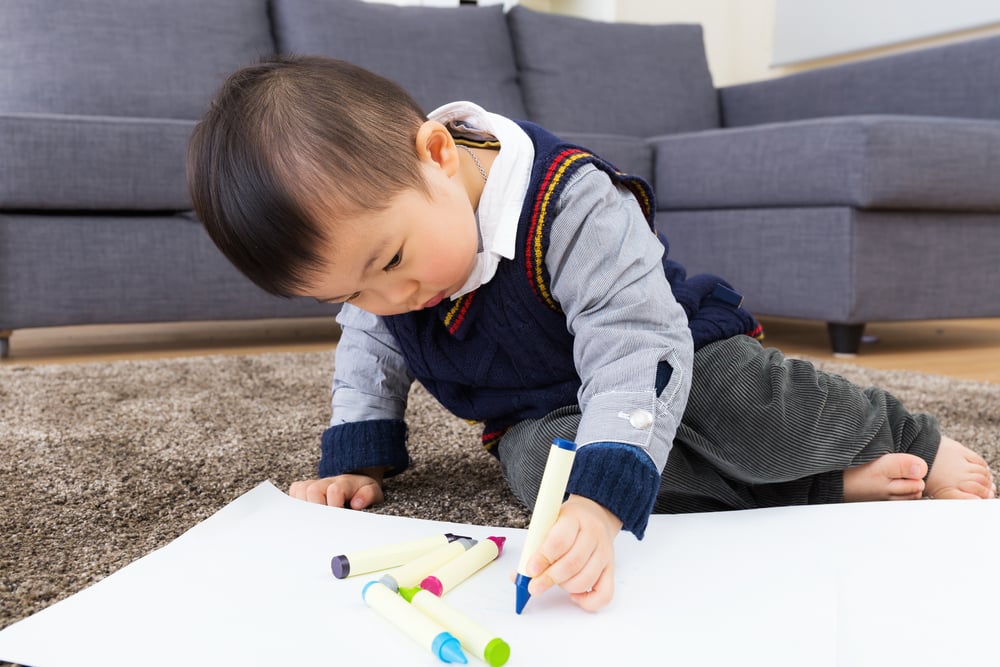
Communication, Language & Literacy
From birth, children are learning language and developing the ability to communicate. Talking, singing, reading, and responding effectively when children express themselves are great investments supporting learning.

Cognitive Development
This fascinating area of development includes understanding how children acquire, organize, and use information in increasingly complex ways. Through play, skills are developed as the foundation for exploring and understanding more sophisticated concepts.
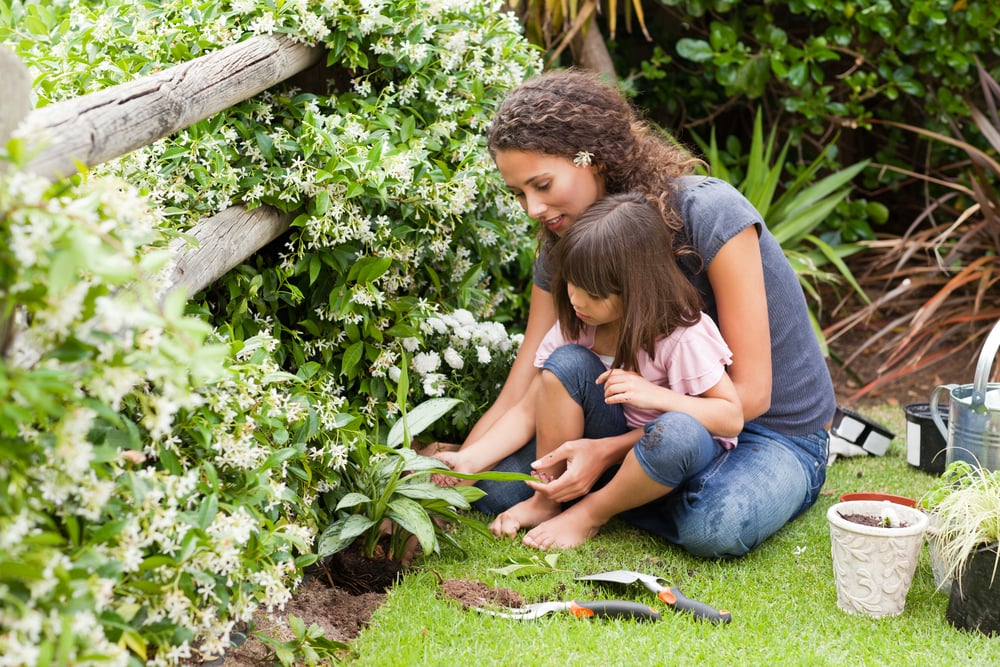
Health & Physical Development
Physical growth, muscle development, nutrition, self-care, health and safety practices are included in this area. Safe and healthy practices support the ability to learn more effectively in all areas.
Activities for children 33 to 48 months
During these months, children have increased independence, social skills, language abilities, and cognitive capabilities. Adults play a crucial role in supporting this time of learning, allowing for exploring, having positive relationships, and developing skills needed for when they are age-eligible for kindergarten.
